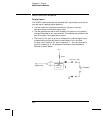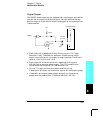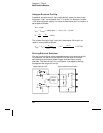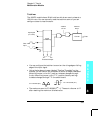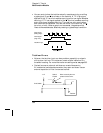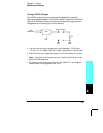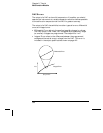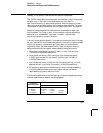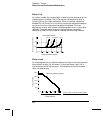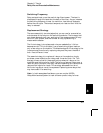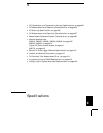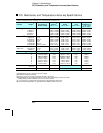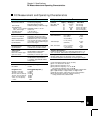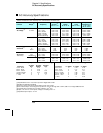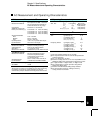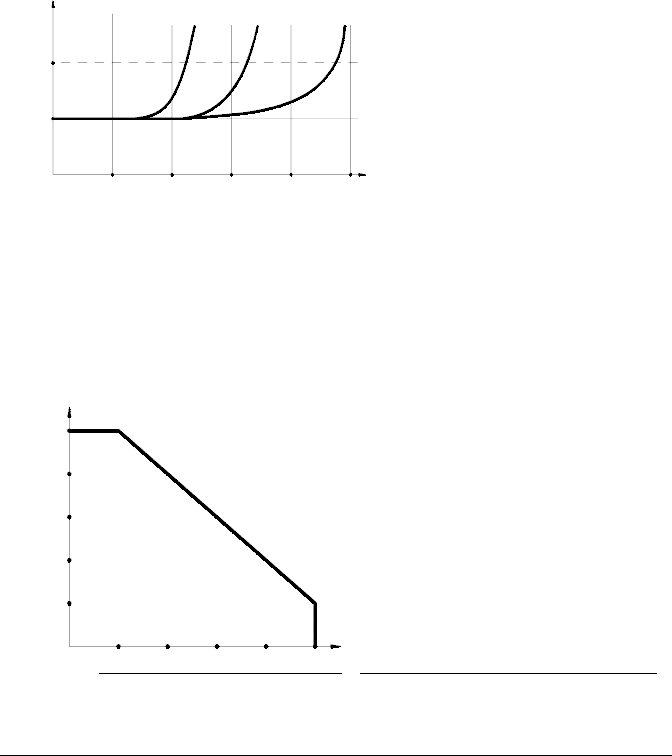
Relay Life
As a relay is used, the contacts begin to wear and the resistance of the
closed contacts increases. The initial contact resistance of a relay is
typically 50 m
Ω (plus lead resistance). When the contact resistance
exceeds 20 to 50 times its initial value, the contact resistance becomes
very erratic and the relay should probably be replaced. For most
applications, a relay with contact resistance greater than 1
Ω should be
replaced. The graph below shows the typical contact resistance
characteristics of the relays used on the 34970A switching modules.
Relay Load
For most applications, the load switched by the relay is the most important
factor affecting relay life. As shown in the graph below, relay life is
maximized by switching low power. As the power switched increases,
relay life deteriorates.
1k 10k 100k 1M 10M 100M
1Ω
0Ω
Typical Relay Lifetime
Relay Operations (Cycles)
Full Load Typical Signals No Load
Relay Contact Resistance
0.2A 0.4A 0.6A 0.8A 1A Armature (34901A, 34903A, 34904A, 34908A)
10 mA 20 mA 30 mA 40 mA 50 mA Reed (34902A)
300V
240V
180V
120V
60V
Maximum Switching Capacity
Current Switched
Voltage Switched
Chapter 8 Tutorial
Relay Life and Preventative Maintenance
400



